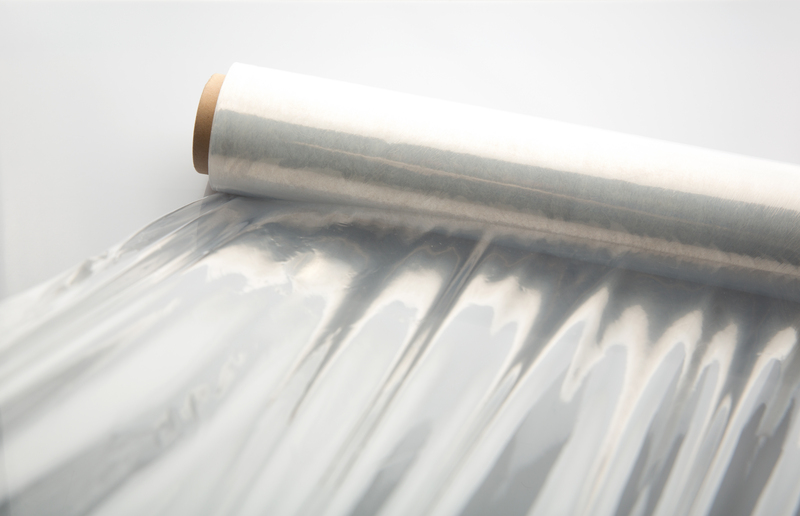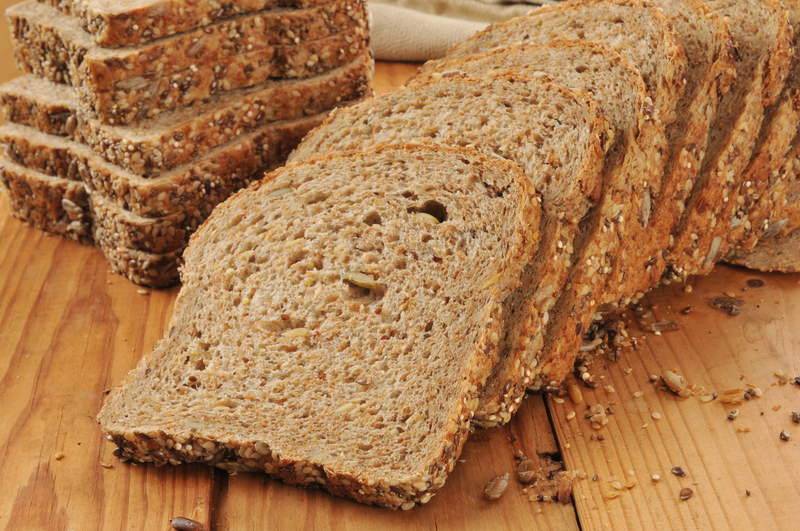Steps to Free Your Home from Dust Mites
Posted on 27/02/2025
Dust mites are microscopic creatures that thrive in warm, humid environments and feast on dead skin cells shed by humans. They are a common trigger for allergies and asthma. Eliminating dust mites from your home can significantly improve air quality and reduce allergy symptoms. This comprehensive guide will provide step-by-step instructions to help you reclaim your home from these tiny invaders.
Understanding Dust Mites
Before diving into the steps to eliminate dust mites, it's essential to understand what they are and why they pose a problem. Dust mites are not parasitic; they don't bite or sting. However, their fecal matter and body fragments become airborne and can be inhaled, leading to allergic reactions. Symptoms of dust mite allergies include sneezing, runny nose, itchy eyes, and even asthma attacks.

Identify Problem Areas
To effectively eradicate dust mites, you must first identify where they are most likely to thrive. Areas to focus on include:
- Bedding: Mattresses, pillows, and sheets are prime real estate for dust mites due to the abundance of dead skin cells.
- Upholstered Furniture: Sofas, chairs, and other cushioned furnishings harbor dust mites.
- Carpets and Rugs: These trap dust and thus offer a perfect habitat for dust mites.
Control Humidity Levels
Dust mites thrive in humid environments. Keeping your home's humidity level below 50% can make it less hospitable to them. Use a hygrometer to monitor humidity levels and employ dehumidifiers if necessary. Air conditioners can also help in maintaining optimal humidity levels.
Regular Cleaning
A meticulous cleaning routine can go a long way in keeping dust mites at bay. Here are some cleaning tips:
- Vacuum Frequently: Use a vacuum cleaner with a HEPA filter to capture dust mites and their waste products effectively.
- Dust Weekly: Use a damp cloth or a microfiber duster to clean surfaces. Avoid feather dusters as they can redistribute dust.
- Wash Bedding: Wash all bedding, including sheets, pillowcases, and blankets, at least once a week in hot water (at least 130?F or 54?C) to kill dust mites.
Encasements and Covers
Using special allergen-proof encasements for pillows, mattresses, and box springs can significantly reduce the number of dust mites in your sleeping area. These covers are made of tightly woven fabric that prevents dust mites from penetrating.
Declutter Your Home
Clutter can accumulate dust, providing more habitat for dust mites. Keep knick-knacks, books, and other potential dust collectors to a minimum. Store items in plastic bins to limit dust accumulation.
Replace Carpeting
If possible, consider replacing wall-to-wall carpeting with hard flooring options like wood, linoleum, or tile. If removing carpet is not an option, use area rugs that can be washed regularly.
Use Dust Mite Sprays
There are various anti-allergen sprays available that claim to neutralize dust mite allergens. These sprays can be used on carpets, furniture, and bedding. While not a standalone solution, they can be part of a comprehensive approach to reducing dust mites.
Air Purifiers
Investing in a good quality air purifier with a HEPA filter can help remove airborne dust mites and their waste products. Place air purifiers in the most used rooms, such as the bedroom and living room, for maximum benefit.
Professional Cleaning
Sometimes, professional help is needed to achieve a truly mite-free environment. Professional cleaning services can deep clean carpets, upholstery, and mattresses, removing dust mites more effectively than regular cleaning methods.

Treating Symptoms
While you work on reducing dust mites in your home, you may still experience allergy symptoms. Over-the-counter antihistamines, decongestants, and nasal corticosteroids can provide temporary relief. Consult a healthcare provider for appropriate treatments tailored to your needs.
Conclusion
Eliminating dust mites from your home involves a multi-faceted approach, from controlling humidity levels and regular cleaning to using specialized covers and possibly professional cleaning services. By diligently following these steps, you can significantly reduce dust mite populations in your home, thereby improving air quality and minimizing allergy symptoms. While it might seem like a monumental task, the health benefits for you and your family make it well worth the effort.






